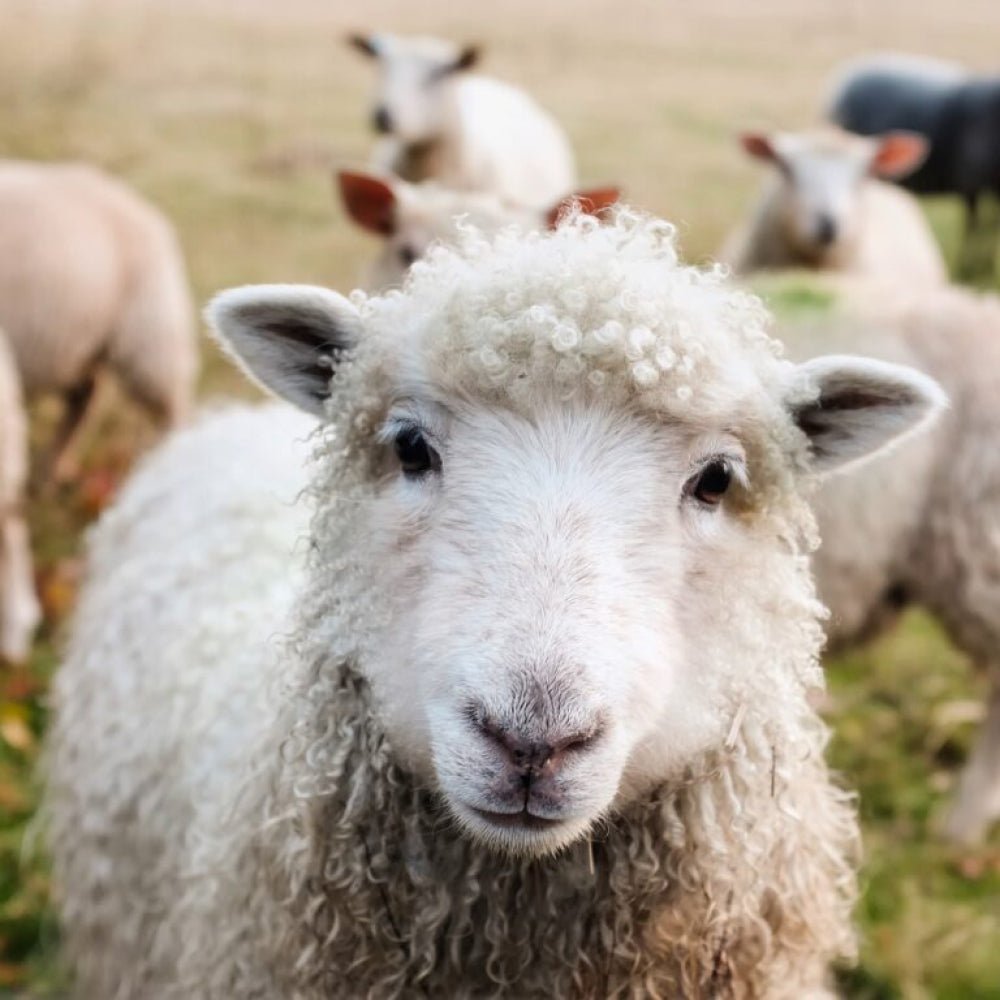"I'll buy four pieces of clothing for this price", "I can also get sustainability certificates there", "You with your sustainability, all well and good, but nobody can afford that". Not a week goes by that I don't get comments like this on social media. Sustainability has its price, but does it have to be like this?
Slow technological evolution
Cheap prices for the consumer usually come about in two ways: if products are manufactured in large quantities by machine due to a high degree of automation, then mass-produced articles can also be manufactured fairly and cheaply. As a rule, this is not the case in the textile and clothing industry. The manufacturing principle in our industry has basically been the same for hundreds of years. A yarn is spun from a fibre, and a fabric is woven or knitted from it. Fibres, yarn or the finished textile are dyed and often finished. Then the material is cut and sewn together according to a certain pattern, finished and often ironed. The technological developments of the last 200 years are manageable. With only a few positive exceptions, such as in flat knitting technology, the innovation development in our industry is languishing. It is still too easy to ship sewing machines to countries where human labor is made available at devastatingly cheap conditions. There is no pressure to innovate with regard to manufacturing technologies... (in one of my next articles here I will deal in more detail with the topic of technology development in the last 40 years in the textile and clothing industry).
exploitation of people and nature
The second way to produce cheap products always has something to do with exploitation. And this is the area in which our industry moves. The exploitation affects people, animals and nature in the same way.
People are not only affected where starvation wages are paid in low-wage countries, but also where workers and all too often, unfortunately, children are exposed to highly toxic dyes, dyes or bleaches on a daily basis and ultimately also still unfiltered into the rivers of the region.
Practices such as mulesing among sheep, which unfortunately is still widespread, make it clear that animals are also massively affected by exploitation in our industry - especially at a time when merino wool is widespread as a highly comfortable and functional natural fiber. Another highly problematic form of animal cruelty caused by our industry is the live plucking of goose down, very often in connection with the widespread force fattening.
In the agricultural production of natural fibers characterized by monoculture cultivation, the exploitation of nature through the use of artificial fertilizers and pesticides becomes obvious. Here, too, under the guise of increasing efficiency, costs and efforts are saved that would arise from responsible use of the soil. Soil management according to the principles of permaculture is more complex, natural fertilizers are more expensive than artificial ones. (I dealt with the devastating effects of the monoculture cotton industry on the environment in one of my last articles here)
There are no exceptions
In my view, there are no exceptions:
Sustainable is never cheap - someone always pays the price. And it doesn't help if the appearance of a sustainable product is given by a large number of advanced certifications. The system always remains the same.
A way out of the misery can be found on the one hand in technological development, but also lies in the wearing time of our clothing. The price also lies in the change in the way we deal with the topic of fashion, in the change in our wearing habits and thus in the way we look at it. A sustainably manufactured, comparatively more expensive piece of clothing that ensures a long wearing time can be significantly cheaper than a cheap product in a long-term perspective.
.

